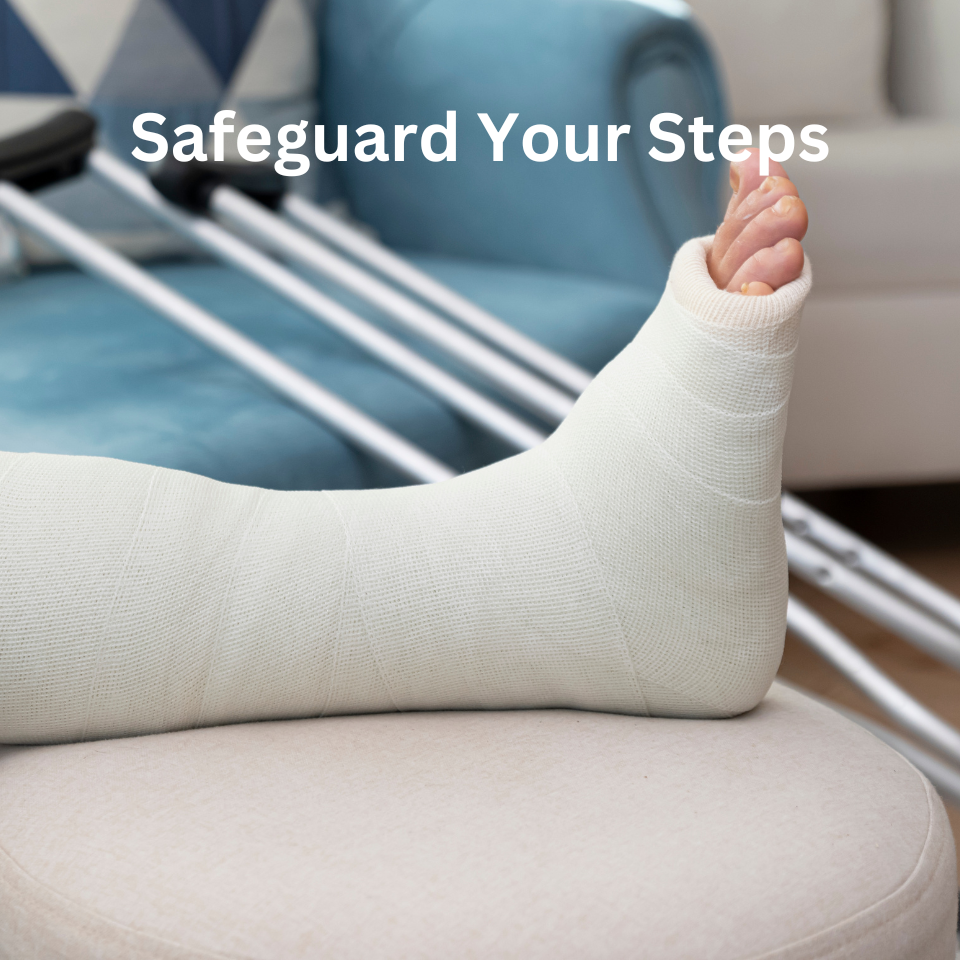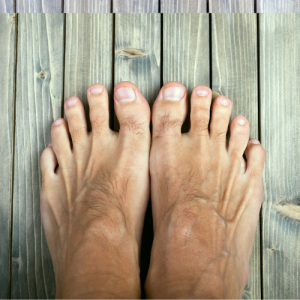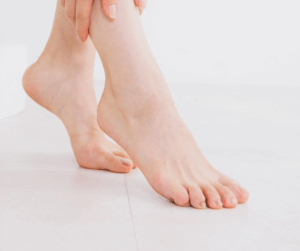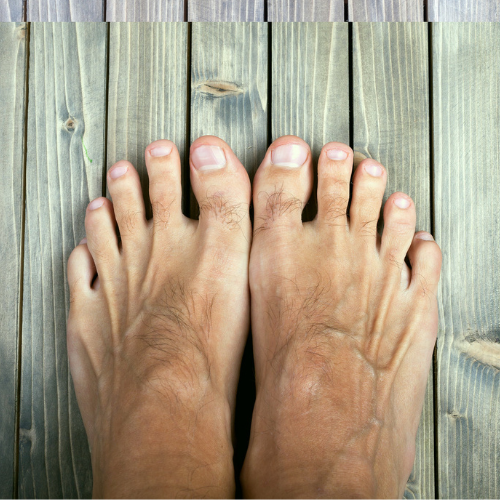With the arrival of warmer seasons, there’s often a noticeable increase in outdoor activities and sports. This surge in physical activity brings a corresponding rise in injuries, particularly to the feet and ankles. Whether you’re a dedicated athlete or someone who enjoys casual outdoor activities, understanding the risks and proper care for foot and ankle injuries is crucial.
What is a Foot or Ankle Sprain or Fracture?
The feet and ankles are integral to our mobility, bearing the weight of our bodies and enabling movement. When these parts are injured, it can significantly impact our daily lives.
- Sprains: A sprain is a soft tissue injury that occurs when ligaments (the tissues connecting bone to bone) are overstretched or torn. This is common in the ankles, where sudden twists or turns can lead to injury.
- Fractures: A fracture is a break in the bone, which can range from small cracks to complete breaks. These are often the result of high-impact or repetitive stress activities.
Causes of Foot and Ankle Sprains and Fractures
Understanding the causes of these injuries can help in prevention:
- Sports Injuries: Many sprains and fractures occur during sports. Football players, for example, are highly susceptible due to the physical nature of the sport. Basketball players frequently suffer from ankle sprains, and runners often develop stress fractures from repetitive impact. Gymnasts and dancers are also at risk due to the demands of their activities.
- Accidents: Tripping or stumbling on uneven ground is a common cause of foot and ankle injuries. Even a minor misstep can lead to a severe sprain or fracture.
Symptoms to Watch For
Identifying the symptoms early can prevent further damage:
- Pain: Immediate pain at the site of the injury is common.
- Swelling: The injured area often swells as the body responds to the injury.
- Bruising: Discoloration can occur due to internal bleeding.
- Difficulty Walking: Placing weight on the injured foot or ankle can be challenging and painful.
Home Care: Remember RICE
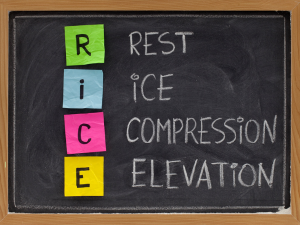
If you suspect a foot or ankle injury, the RICE method is a reliable initial response:
- Rest: Avoid putting weight on the injured foot or ankle. Continued use can exacerbate the injury.
- Ice: Apply ice to the injured area as soon as possible. Continue this for 15–20 minutes every 3–4 hours over the first 48 hours to reduce inflammation.
- Compression: Use an elastic bandage to wrap the injured area. Ensure it’s snug but not so tight that it cuts off circulation.
- Elevation: Keep the injured foot or ankle elevated above heart level to reduce swelling.
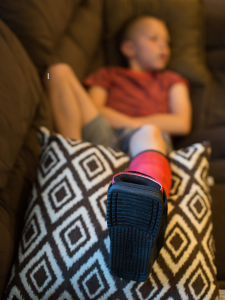
When to Visit a Podiatrist
Despite initial home care, some injuries require professional attention. If there’s increased pain, swelling, bruising, redness, or difficulty walking after a day, it’s crucial to consult a podiatrist. These specialists in lower extremities can accurately diagnose and treat your injury, preventing long-term complications.
Prevention Strategies
Preventing foot and ankle injuries involves several proactive measures:
- Warm Up Properly: Engage in a thorough warm-up before any physical activity to prepare your muscles and joints.
- Wear Appropriate Footwear: Choose shoes designed for your specific sport or activity. Proper footwear provides the necessary support and can significantly reduce the risk of injury.
- Replace Athletic Shoes Regularly: Over time, shoes lose their supportive properties. Replace running shoes every 300–400 miles and other athletic shoes yearly.
- Avoid Uneven Surfaces: Be cautious when walking or running on uneven ground to prevent accidental tripping or stumbling.
Diagnosis and Treatment
With our in-office x-ray & ultrasound services there is no need to wait at urgent care.
Get faster care & save money! Give us a call.
To schedule an appointment today with Dr. Rappette DPM, FACFAS, call:
Foot & Ankle Centers
Morris: (815) 942-9050
Yorkville: (630) 553-9300


